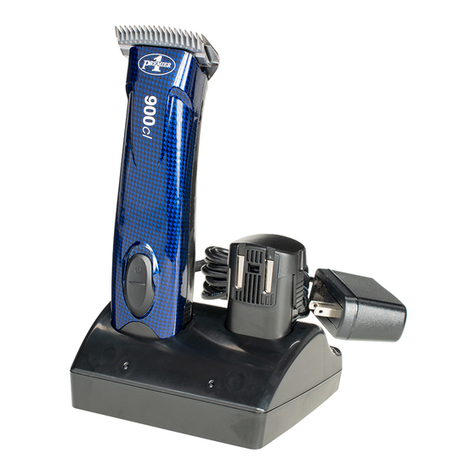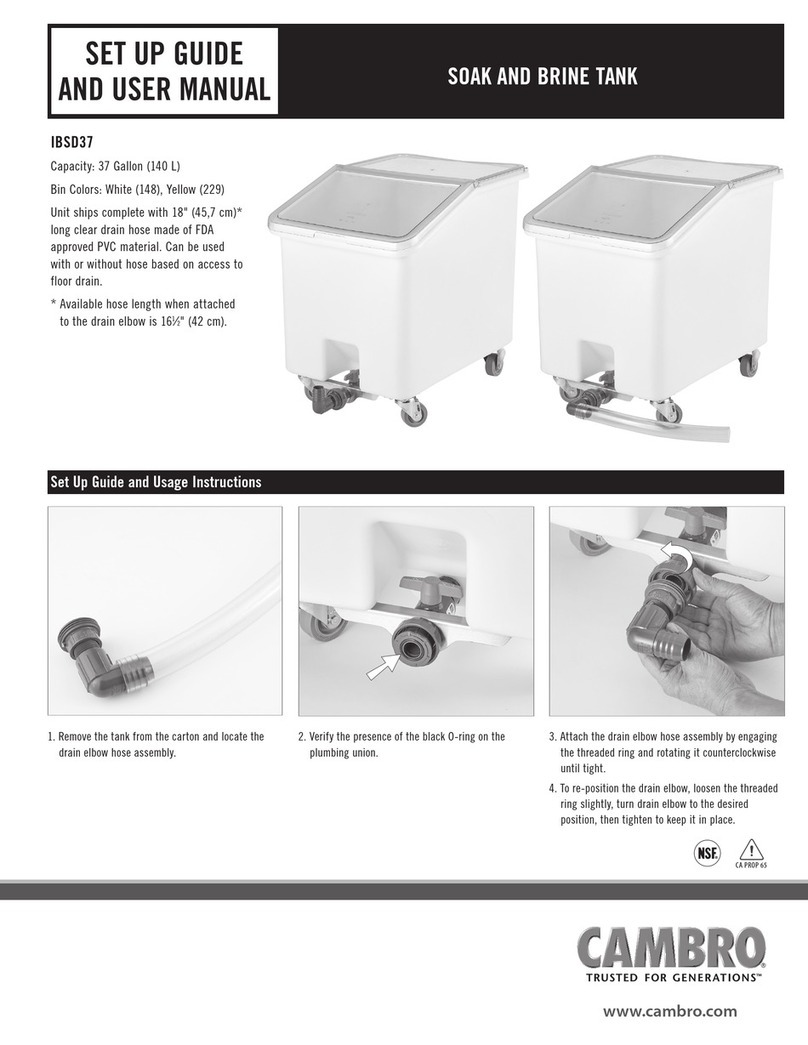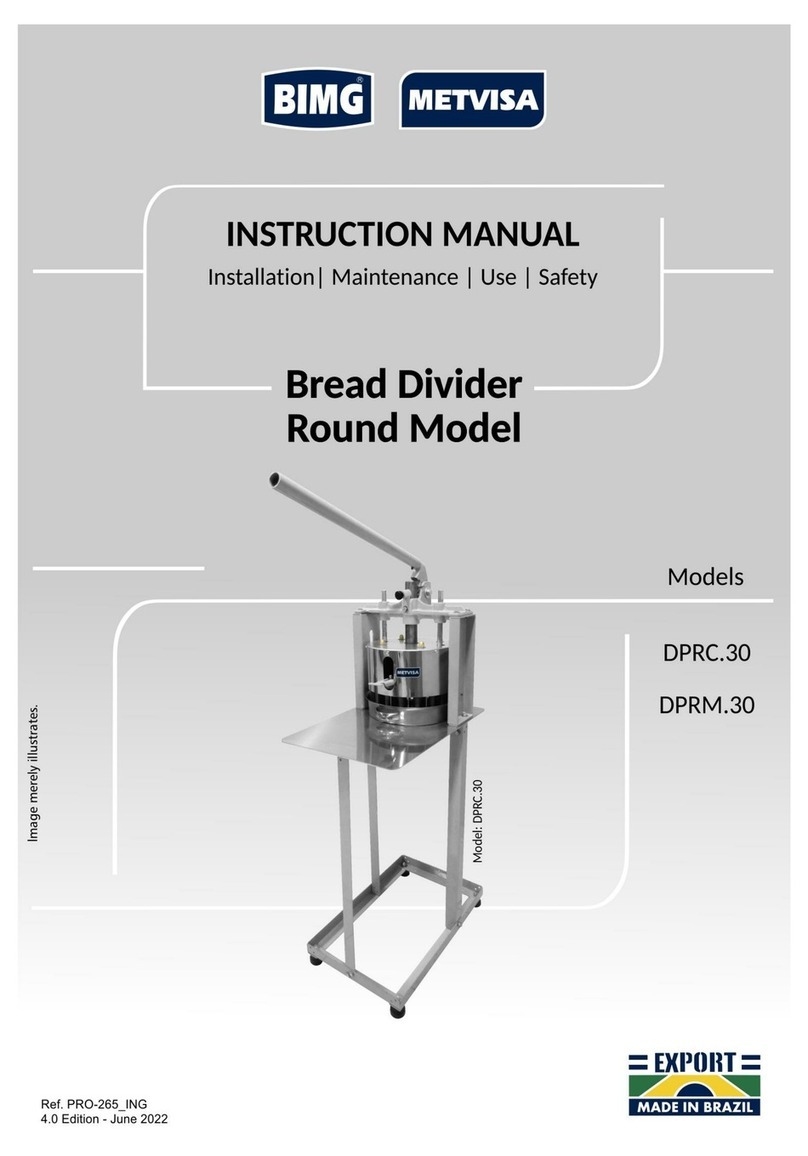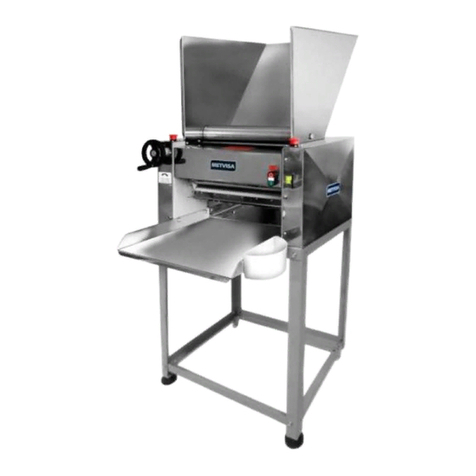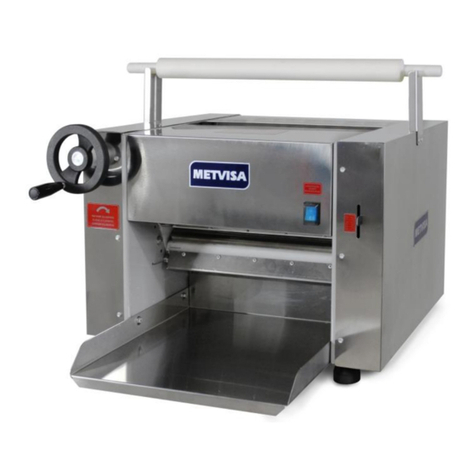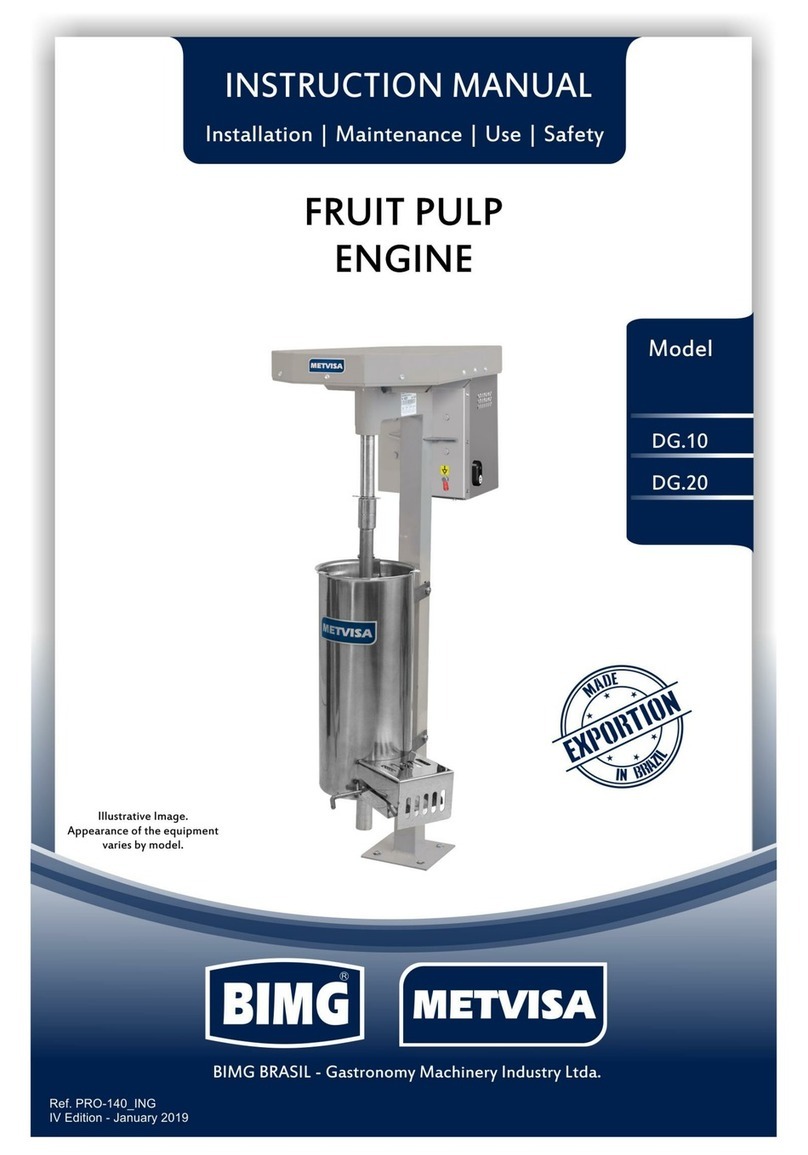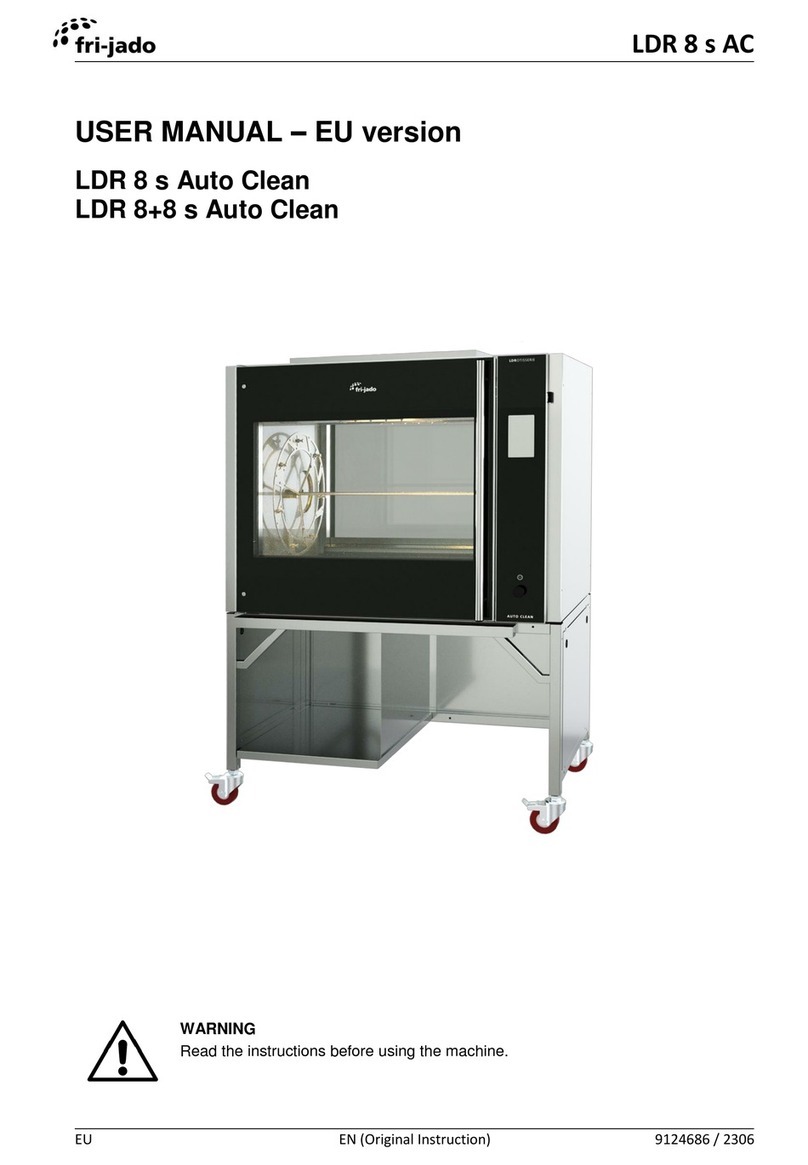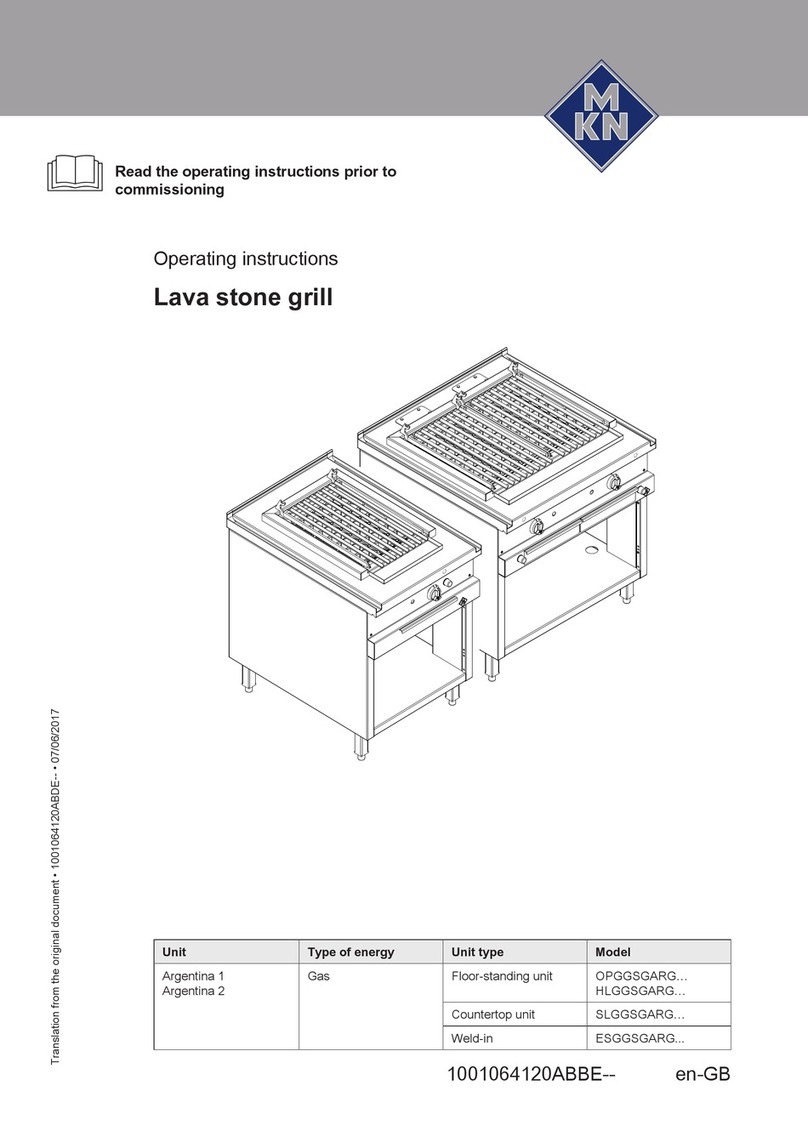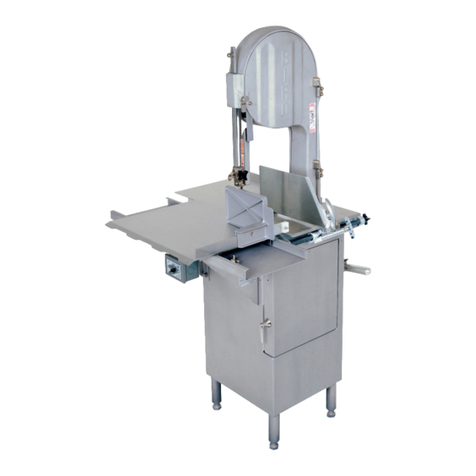4
1. Safety Information
1.1 General Warnings
• Cautions / precautions must be observed when installing, using, maintaining and discontinuing use of
this equipment;
• Before carrying out any operation (assembly, use, maintenance and reuse after prolonged use of the
equipment), read the manual carefully;
• The equipment must be used by trained personnel familiar with the use and safety regulations
described in this manual;
• This equipment is not intended for use by persons (including children) with reduced physical, sensory
or mental capacities, or people with lack of experience and knowledge, unless they have received
instructions regarding the use of the equipment or are under the supervision of a person responsible for
their safety.
• It is recommended that children be supervised to ensure that they are not playing with the equipment;
• In case of rotation of the personnel that will work with the equipment, the new operator must be
educated about the standards and the operation of the same one;
• The operator must use the Adequate PPE (Personal Protective Equipment). As for example: use
appropriated gloves to protect the hand from burning by hot oil;
• The operator must always be aware of situations that can cause a risk of accidents and avoid them.
For example: working with dirty floors, where someone could slip and fall on the equipment;
• After reading and clarifying all doubts, this manual should be carefully stored in an easily accessible
location, known to all persons who will operate the equipment and make it available to those who will
carry out maintenance for any inquiries. Whenever any questions arise, be sure to check the manual.
Do not operate the equipment in any way with doubts;
• In the installation, it is essential to make this manual available to the professionals who will do the
same;
• Do not install the equipment near flammable materials;
• Never pour water over hot oil, as it may cause major accidents. In case of an accident, use non-
flammable material to extinguish the source. You can even place a metal tray or lid on the bowl, to
muffle the focus;
• Before starting cleaning and any type of maintenance, it is essential that the equipment is at room
temperature, with the burners off and the gas pressure regulator closed;
• Periodically check the condition of the hose and the entire gas installation part as well as the internal
and external part of the equipment (burners, collecting drawer, gas regulating buttons, etc.).
ATTENTION!
Do not perform repairs on your own. Refer servicing to qualified service personnel. Only use
original parts in your equipment.




